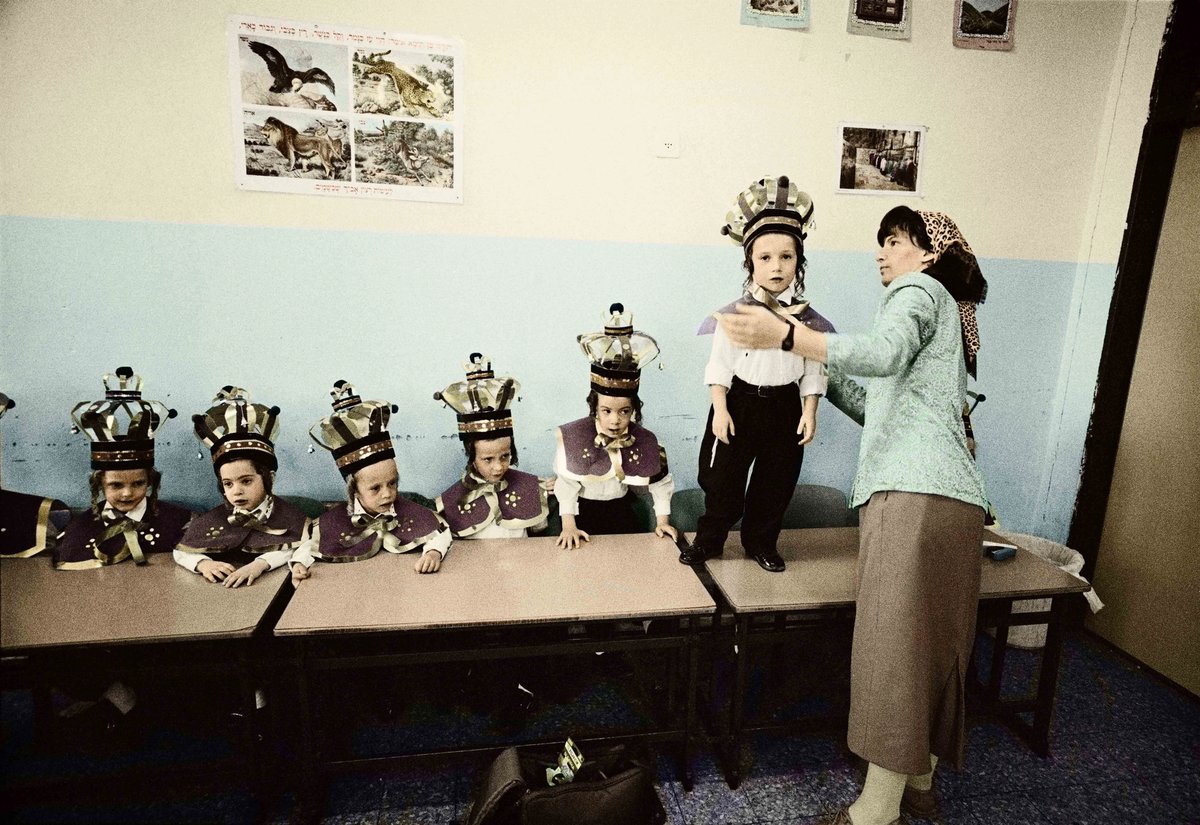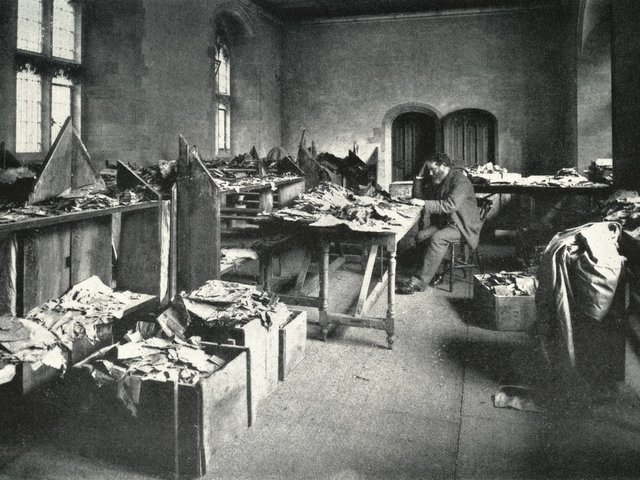The Amish, “undiscovered” forest people of the Amazon, enclosed monks and nuns, survivalists, hermits and recluses— all those who by accident or choice separate themselves from society fascinate us. Who can resist the prurient urge? Whether we find similarities or, more often, differences, the lives of those hidden from view challenge many of our unexamined assumptions or, at worst, simply supply us with the guilty pleasure of the freak show.
In this collection of 90 photographs, Joshua Haruni shows us scenes and portraits of Hasidic Jews who are notorious for the aggressive protection of their privacy. Warned many times not to take photographs (hence the title) and often faced with open hostility, over two years the author reached an understanding with leader of the Pinsk-Karlin Hasidic sect that allowed him some access to their company in the Hasidic quarter of Jerusalem. (Hasidism is a spiritual revivalist variant of orthodox Judaism that came about in the 18th century in what is now the Ukraine and spread throughout the world. It is noted for its ultra-orthodox and conservative views. Men often wearing large round fur hats or shtreimels, knee-breeches and stockings that recall the movement’s 18th-century origins.)
The book is written in English and Hebrew. The photographs have brief captions on the facing page; longer explanations are confined to the “Glossary” at the back. Although most of the pictures need comment, some seem universal (pre-school boys wearing crowns as if for a pageant—shown here, pre-school boys being made ready for the Chumash Seudah celebration, marking the beginning of their Bible studies—or children taking a school bus), others are pure pleasure (men dancing as if on air at a wedding). A final section of the book is taken up with teachers and practitioners of Kabbalah, a medieval Jewish mystical interpretation of the Torah.
- Joshua Haruni, Do Not Photograph, Jerusalem Fine Art Print, 303pp, $90 (hb)



